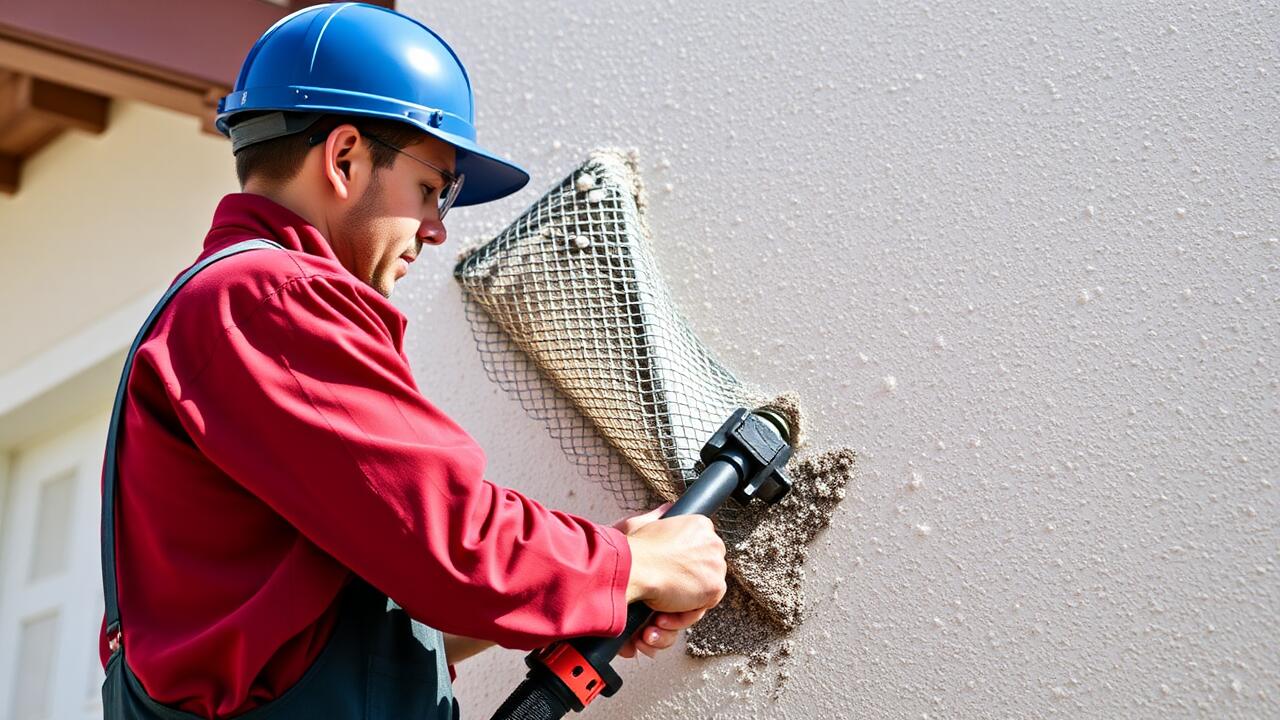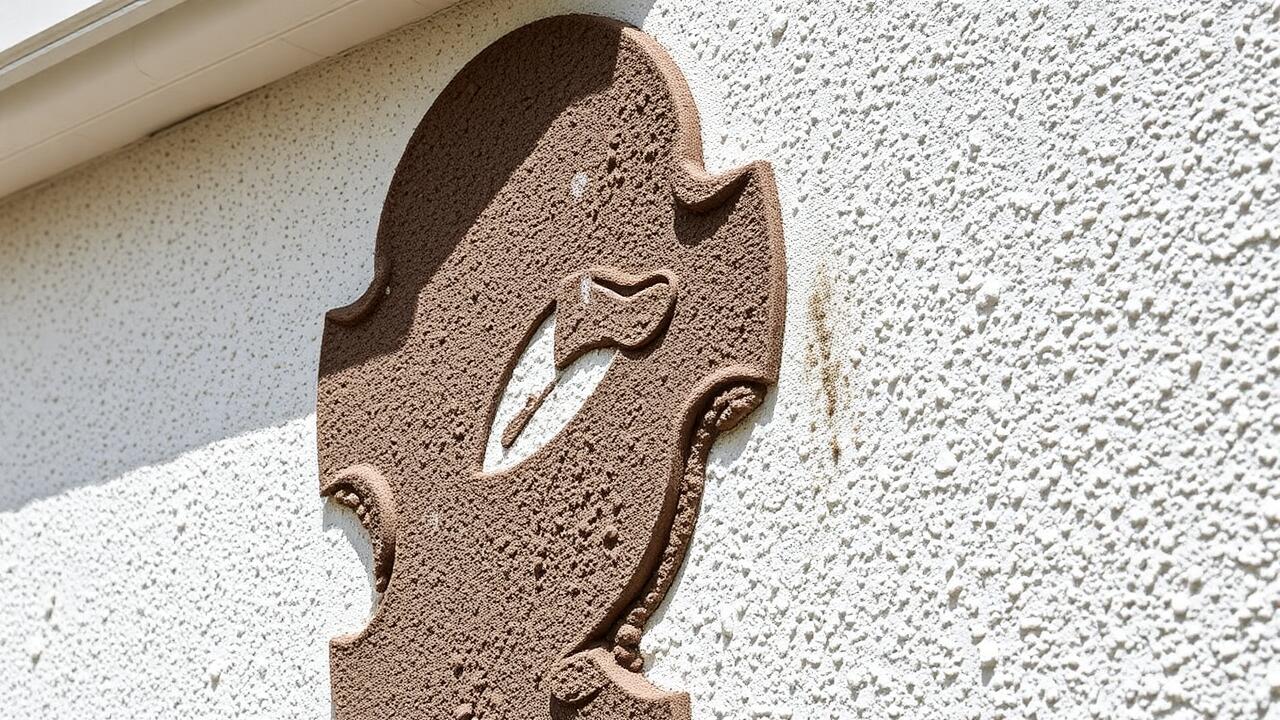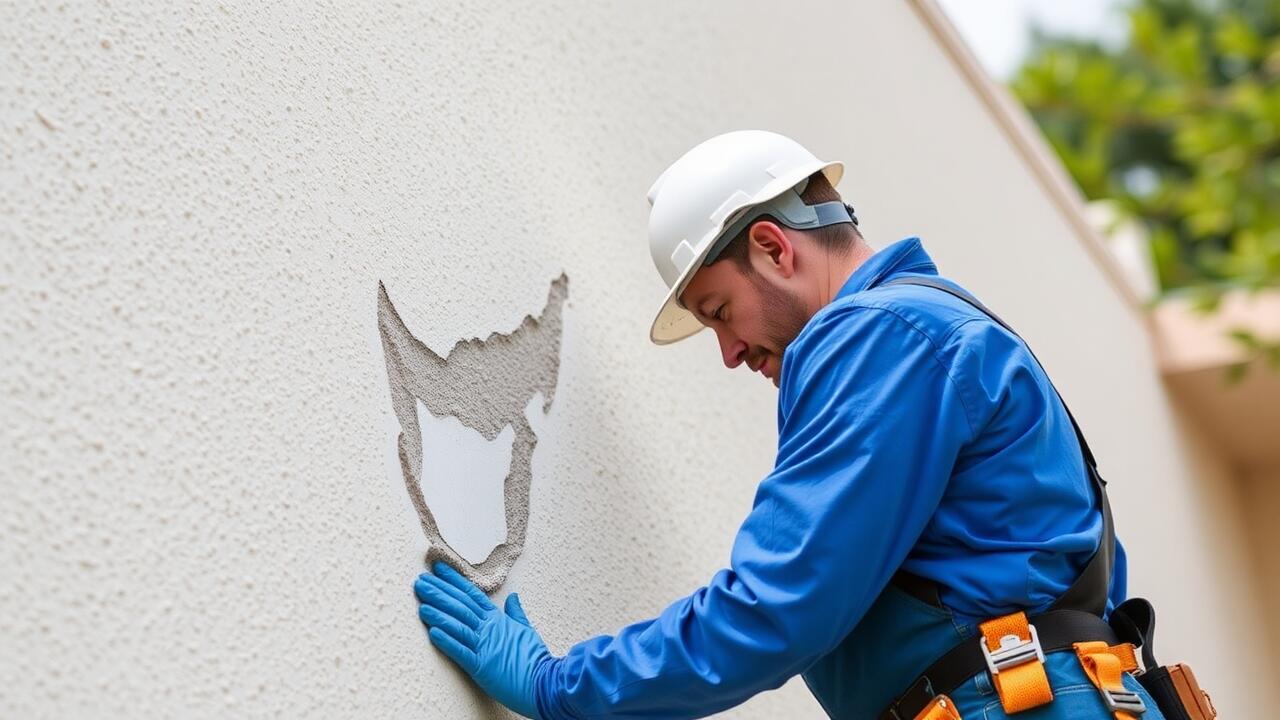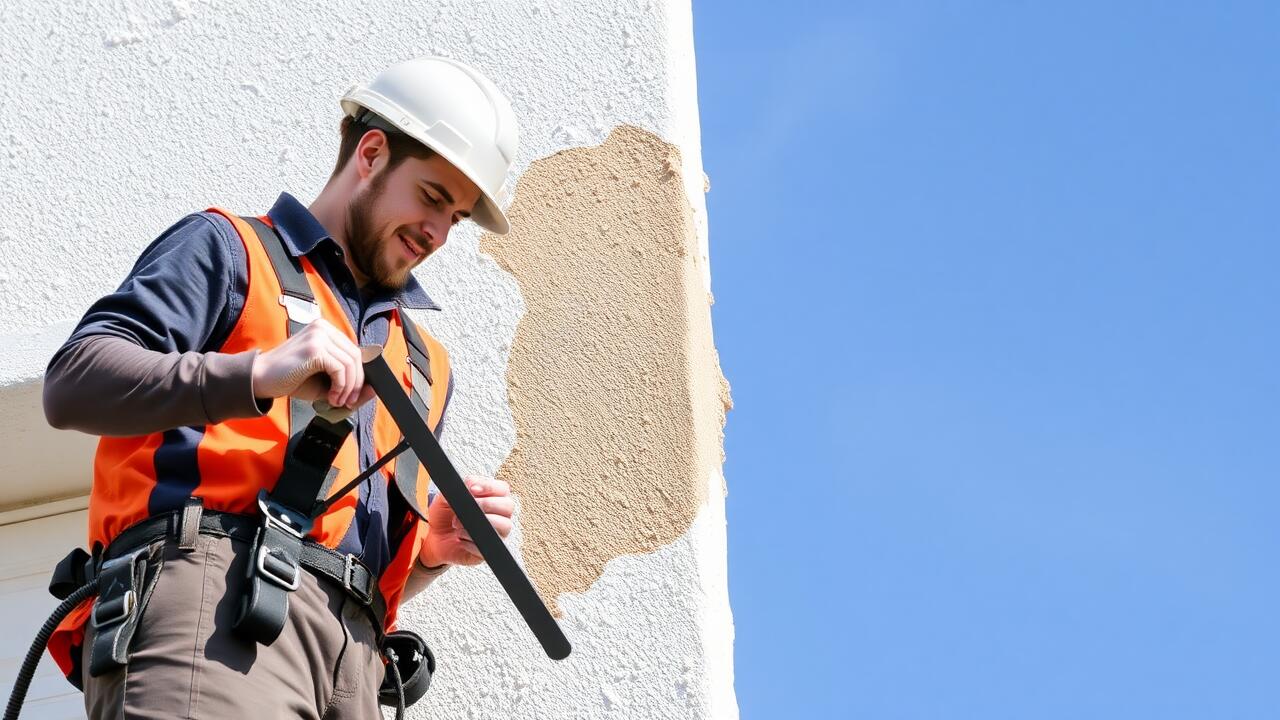
Repairing Shrinkage Cracks in Stucco
Repairing shrinkage cracks in stucco requires a careful approach to ensure a lasting solution. Begin by assessing the size and extent of the cracks. Small, hairline cracks can often be repaired using a flexible sealant that adheres well to the stucco surface. For wider cracks, it may be necessary to fill them with a patching compound specifically designed for stucco applications. This compound should be applied in layers, allowing each layer to dry before adding the next, which helps in achieving a smooth finish that blends with the surrounding material.
When addressing more significant cracks, it’s important to prepare the surface properly. Clean the area around the crack to remove any dust or debris before applying the patching material. This step enhances adhesion and longevity. If you are looking for professional assistance, consider services like Stucco Repair in Sherman Oaks, Los Angeles, to ensure that the job is done correctly. They can provide expertise in assessing damage and applying the right materials to achieve a durable repair.
Step-by-Step Repair Process
To begin the repair process for shrinkage cracks in stucco, first gather all necessary materials such as a chisel, putty knife, and a pre-mixed stucco repair compound. Start by cleaning the crack to remove any loose debris and dust, which can prevent proper adhesion. Use the chisel to widen the crack slightly at the edges so that the repair compound can fill it effectively. This preparation ensures that the repair will bond well to the existing stucco surface.
After preparing the area, apply the stucco repair compound with a putty knife, ensuring that it thoroughly fills the crack. Smooth out the surface to match the surrounding texture as closely as possible. Allow the patch to cure according to the manufacturer's instructions. If you are in need of professional help or advice, consider contacting a local expert for Stucco Repair in Sherman Oaks, Los Angeles, as they can provide tailored solutions for various stucco issues.
Preventing Future Shrinkage Cracks
To prevent future shrinkage cracks in stucco, it is essential to focus on proper application techniques during the installation phase. Using high-quality materials can significantly reduce the likelihood of cracks developing. Additionally, ensure that the substrate is adequately prepared and primed, which enhances the adhesion of the stucco. Regular inspections of your stucco surface are also crucial; addressing minor issues early can help avoid larger problems later.
Maintaining a stable environment around the stucco can minimize the effects of fluctuating temperatures and humidity levels. Consider employing protective measures such as overhangs or awnings to shield the stucco from prolonged exposure to harsh weather conditions. Regularly scheduled Stucco Repair in Sherman Oaks, Los Angeles, will help keep the surface in top condition and can effectively address signs of wear before they escalate into significant issues.
Recommended Maintenance Practices
Regular maintenance of stucco surfaces is essential to prevent shrinkage cracks from forming. Inspect your stucco periodically for any signs of wear, moisture intrusion, or cracks. Keeping gutters and downspouts clean and functional will help redirect water away from the stucco, reducing the risk of damage. It’s also advisable to re-seal the stucco every few years to maintain its protective barrier, ensuring it remains resilient against the elements.
In areas where temperature fluctuations are common, consider applying a high-quality elastomeric coating. This flexible protective layer helps the stucco adjust to changing weather conditions without cracking. For homeowners in need of professional assistance, reaching out for Stucco Repair in Westchester, Los Angeles, ensures that experts can assess and promptly address any issues. Proper ventilation around stucco walls can also aid in reducing moisture accumulation, enhancing the lifespan of the finish.
The Role of Weather in Crack Formation
Weather plays a critical role in the formation of shrinkage cracks in stucco finishes. Fluctuations in temperature can cause the material to expand and contract, which puts stress on the surface. When high temperatures lead to rapid evaporation of moisture from the curing stucco, the mixture can dry out unevenly. This uneven drying results in increased tension in specific areas, leading to cracks.
Humidity can also contribute to the cracking process. High humidity levels during curing may delay the drying of stucco, which can weaken its structural integrity. Conversely, dry conditions can hasten evaporation, compounding the risk of shrinkage. Homeowners concerned about these issues should consider professional services for Stucco Repair in Sherman Oaks, Los Angeles, especially after extreme weather events or noticeable changes in atmospheric conditions.
Impact of Temperature and Humidity Changes
Temperature fluctuations can significantly contribute to the formation of shrinkage cracks in stucco. As temperatures rise and fall, materials expand and contract. If the stucco does not have adequate flexibility, stress accumulates, leading to cracking. In regions like Sherman Oaks, Los Angeles, where the climate can vary dramatically, homeowners must be vigilant about the integrity of their stucco surfaces.
Humidity levels also play a crucial role in the condition of stucco. High humidity can prevent the proper curing of freshly applied stucco, making it more susceptible to shrinkage as it dries unevenly. Conversely, overly dry conditions can cause rapid evaporation, further complicating the curing process. For those needing Stucco Repair in Sherman Oaks, Los Angeles, understanding these environmental factors is essential to ensuring long-lasting results.
FAQS
What are shrinkage cracks in stucco?
Shrinkage cracks in stucco are small fissures that occur as the material dries and contracts. These cracks can develop due to the natural curing process of the stucco as well as environmental factors such as temperature and humidity.
How can I identify shrinkage cracks in my stucco?
Shrinkage cracks are typically narrow and may appear as hairline fractures on the surface of the stucco. They are usually less than 1/8 inch wide and can be found in various locations, particularly around windows, doors, and corners.
What steps should I take to repair shrinkage cracks in stucco?
To repair shrinkage cracks, first clean the area around the crack, then apply a flexible stucco repair compound. Use a putty knife to smooth the compound into the crack, ensuring it fills completely. Finally, allow it to dry according to the manufacturer's instructions and paint over it if necessary.
Can I prevent shrinkage cracks in stucco?
Yes, you can prevent shrinkage cracks by following recommended maintenance practices such as ensuring proper mixing and application of stucco, maintaining consistent moisture levels during curing, and protecting the stucco from extreme weather conditions.
How does weather affect the formation of shrinkage cracks in stucco?
Weather plays a significant role in crack formation. Rapid temperature changes, low humidity, and high winds can accelerate the drying process of stucco, increasing the likelihood of shrinkage cracks. It's important to monitor weather conditions during the curing process to mitigate these effects.



